
Landsat 9, a joint mission from NASA and the U.S. Geological Survey, was launched on September 27, 2021, and has now collected its first images of Earth. These images, all acquired on October 31, 2021, provide a preview of how the mission will help people manage vital natural resources and track the impacts of climate change, adding to Landsat’s data record that spans nearly 50 years of space-based Earth Observation (EO).

Landsat 9 carries two instruments that capture imagery: the Operational Land Imager 2, or OLI-2, which detects nine different wavelengths of visible, near-infrared and shortwave-infrared light; and the Thermal Infrared Sensor 2, or TIRS-2, which detects two wavelengths of thermal radiation to measure slight changes in temperature. These instruments will provide Landsat 9 users essential information about crop health, irrigation use, water quality, wildfire severity, deforestation, glacial retreat, urban expansion and more.

OLI-2 was built by Ball Aerospace .

TIRS-2 was built by NASA’s Goddard Space Flight Center. Northrop Grumman.
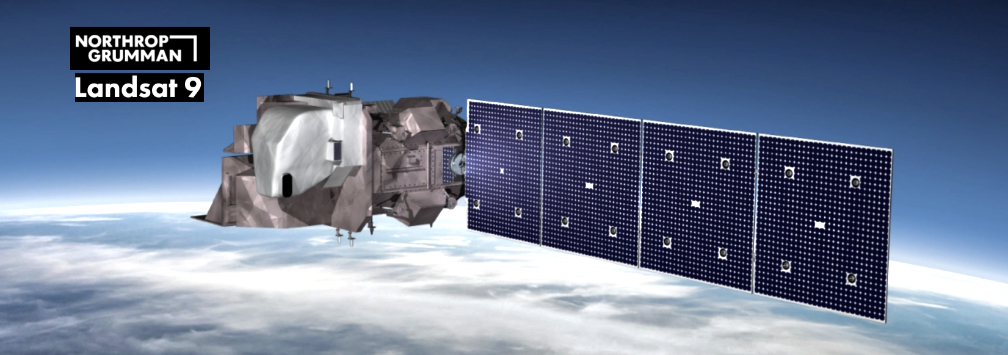
Landsat 9 spacecraft, integrated it with the instruments, and tested the observatory.
NASA’s Landsat 9 team is in the midst of a 100-day check-out period, which involves testing the satellite’s different systems and subsystems and calibrating the instruments in preparation for handing the mission over to the USGS in January. The USGS will operate Landsat 9 along with Landsat 8, and together the two satellites will collect approximately 1,500 images of Earth’s surface every day, covering the globe every eight days.
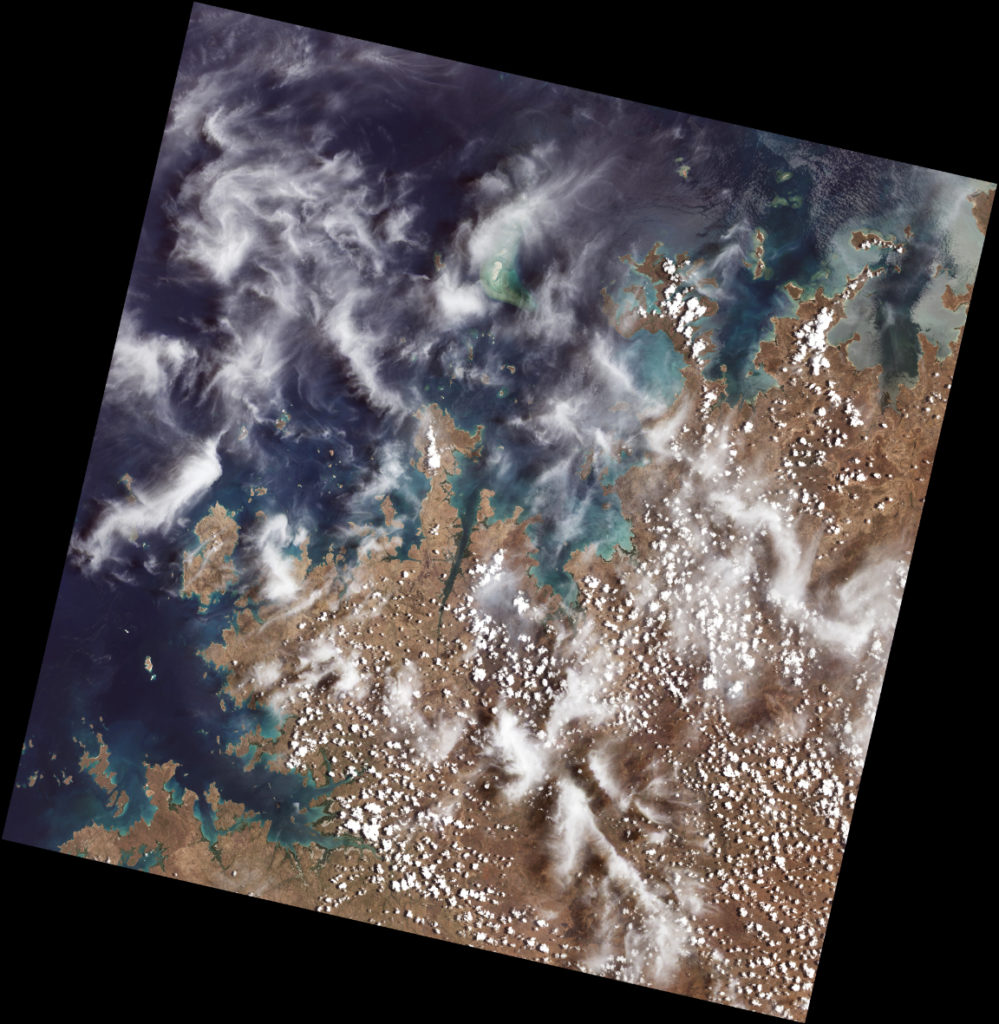
Landsat 9 data will be available to the public, for free, from USGS’s website, as soon as the satellite begins normal operations.
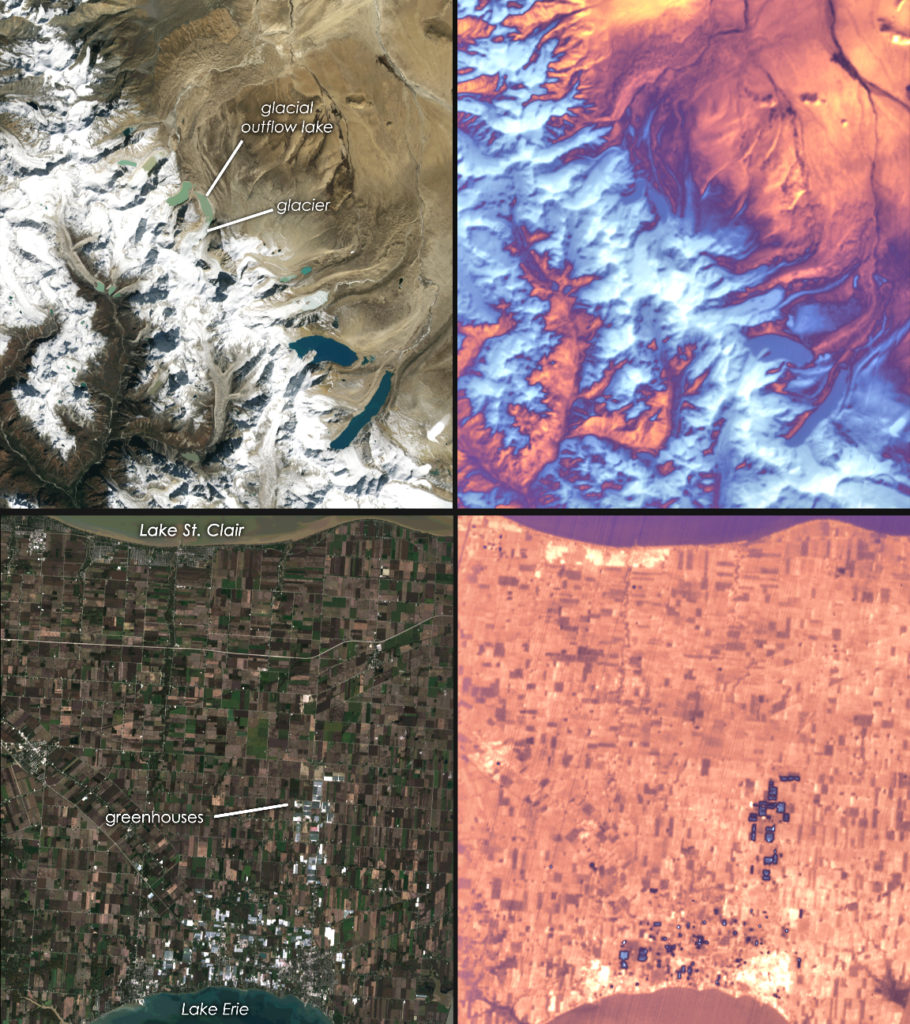

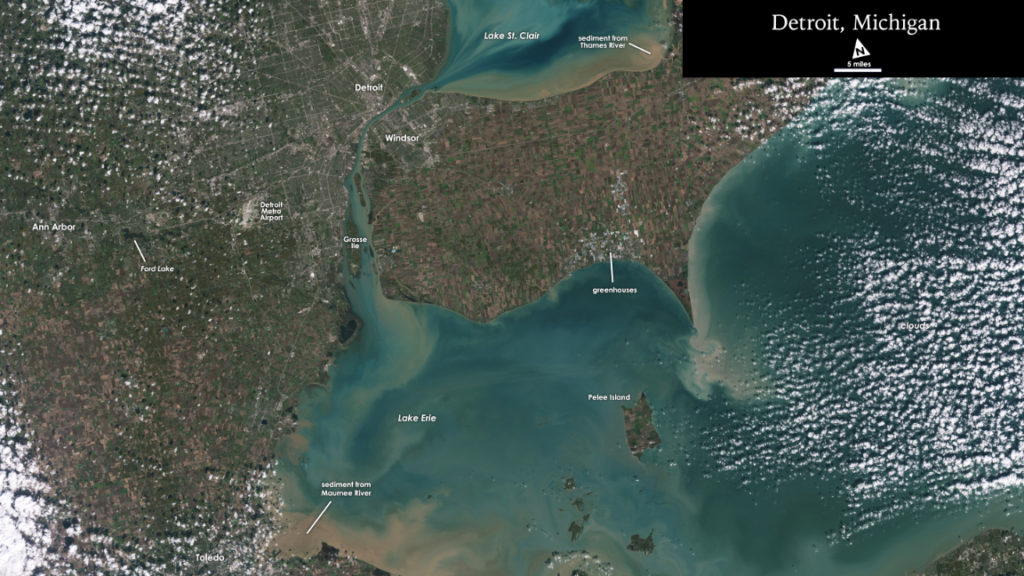
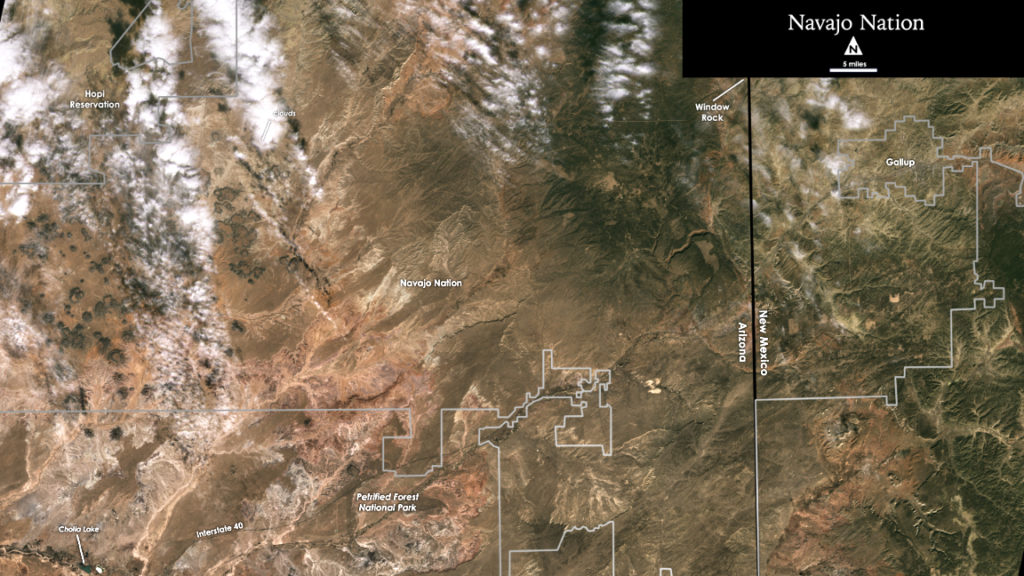
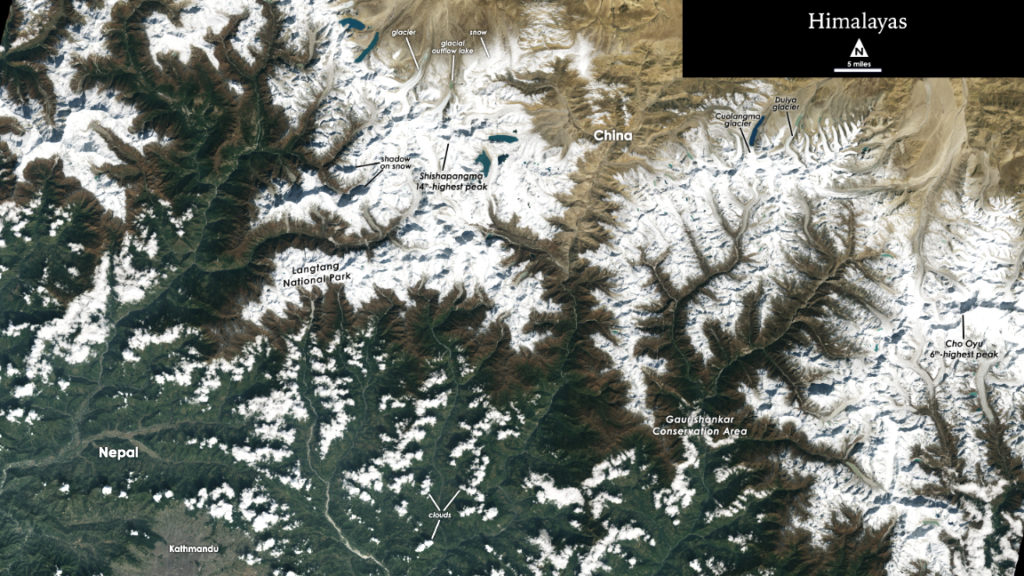
This article and imagery is courtesy of NASA’s Goddard Space Flight Center, using data from the U.S. Geological Survey.
